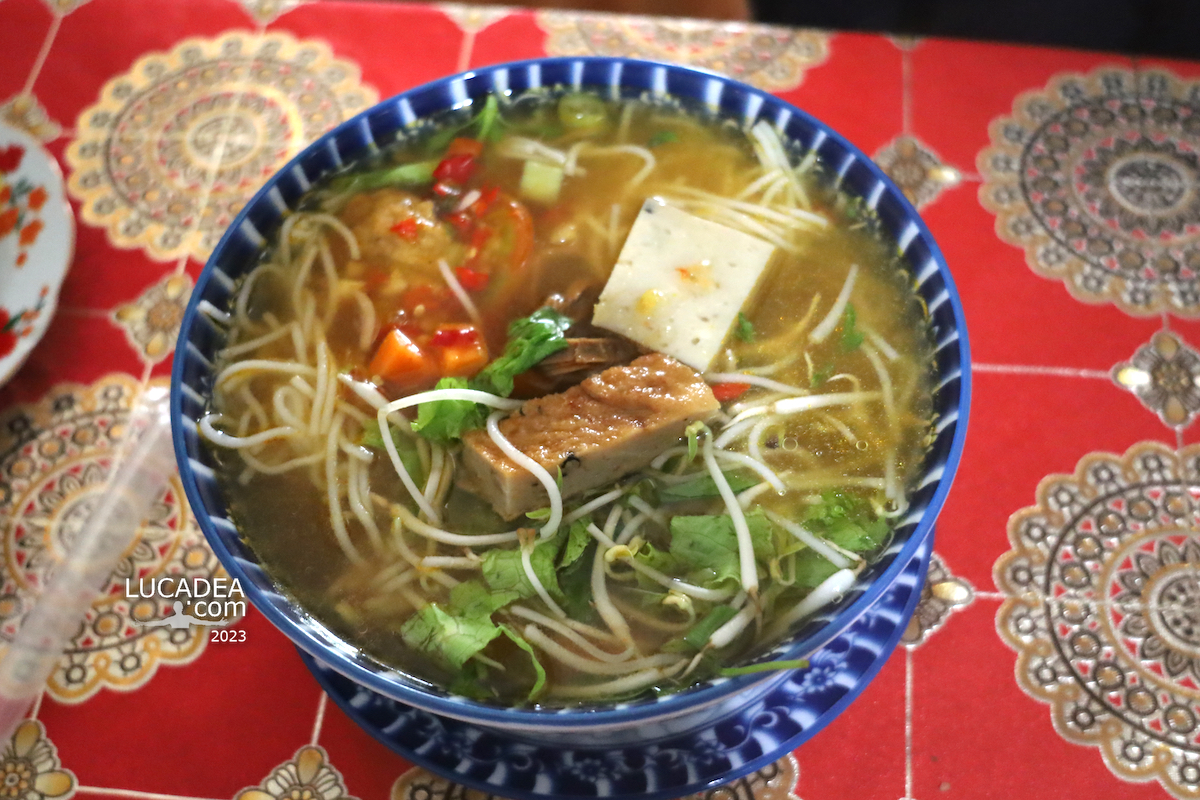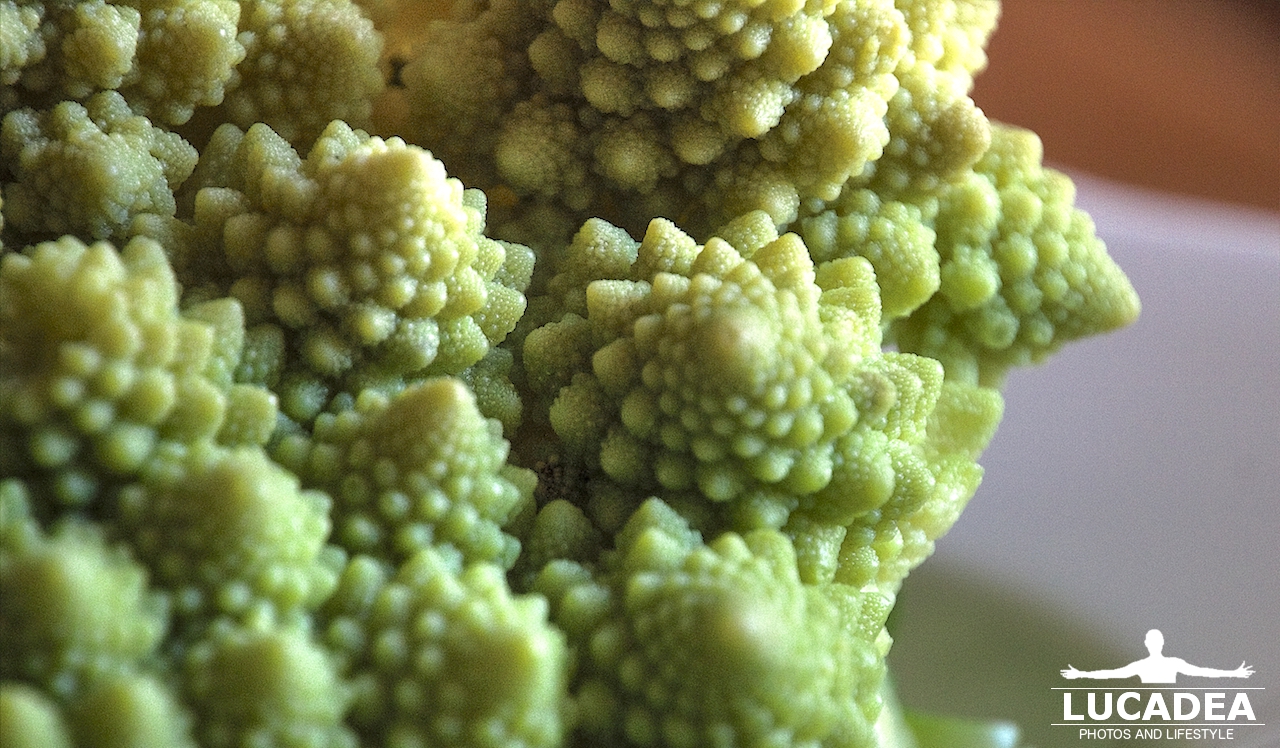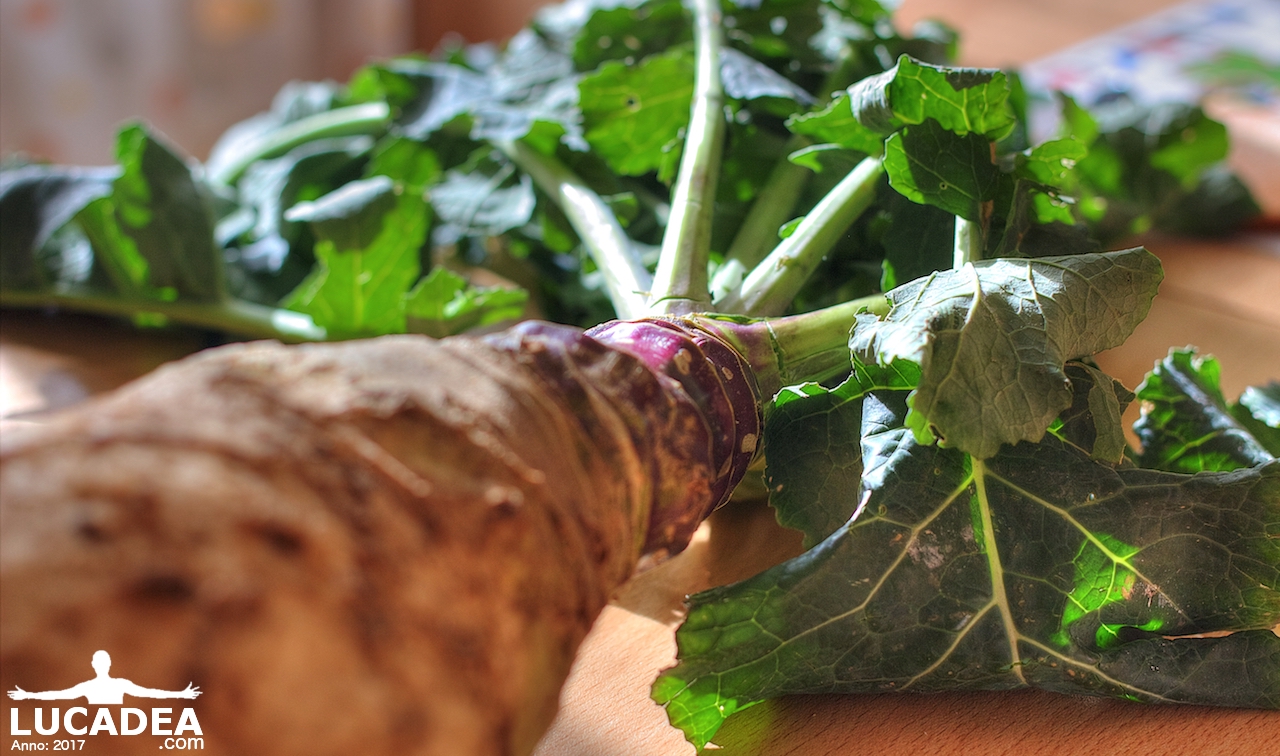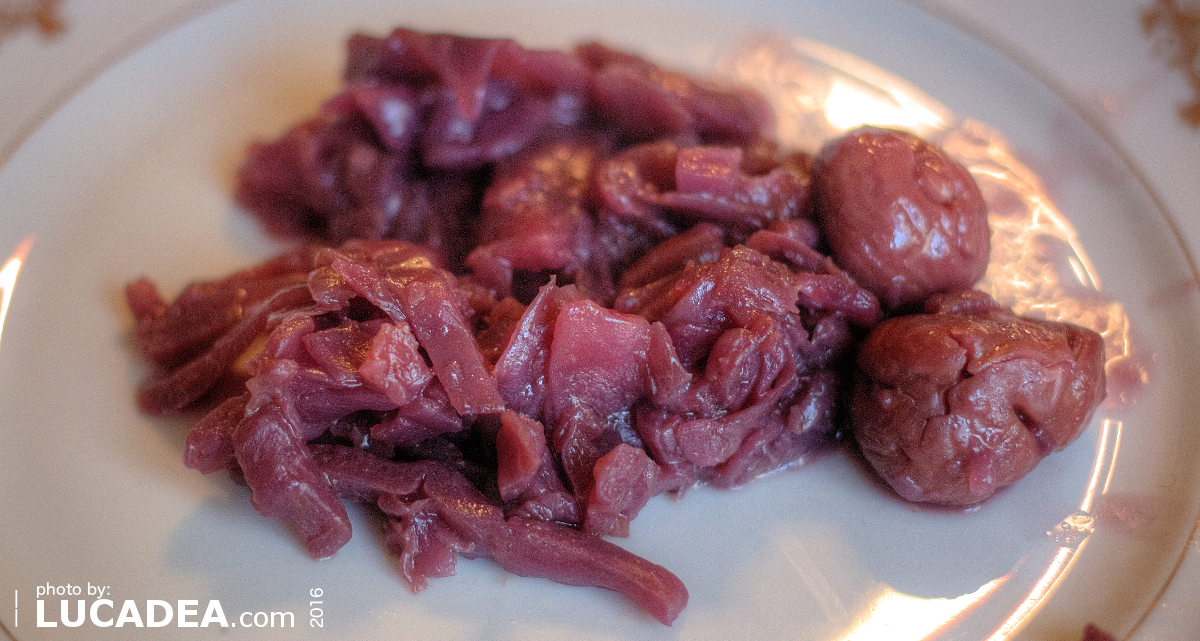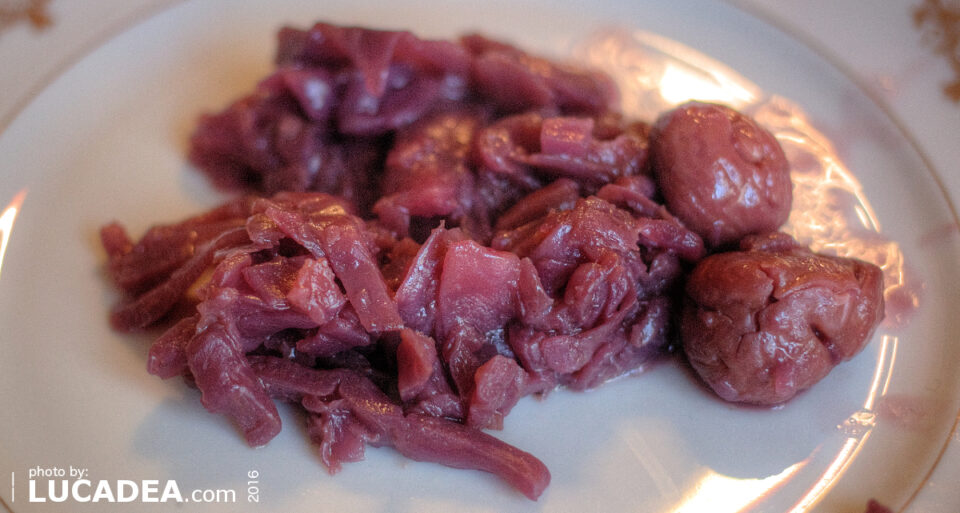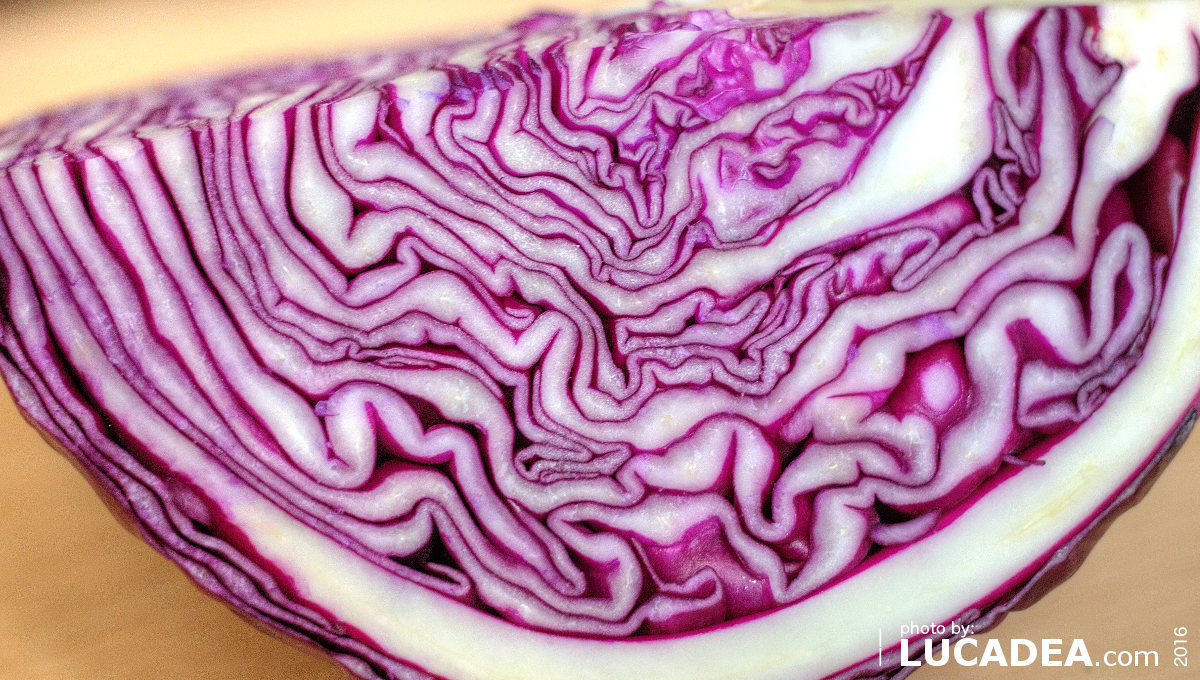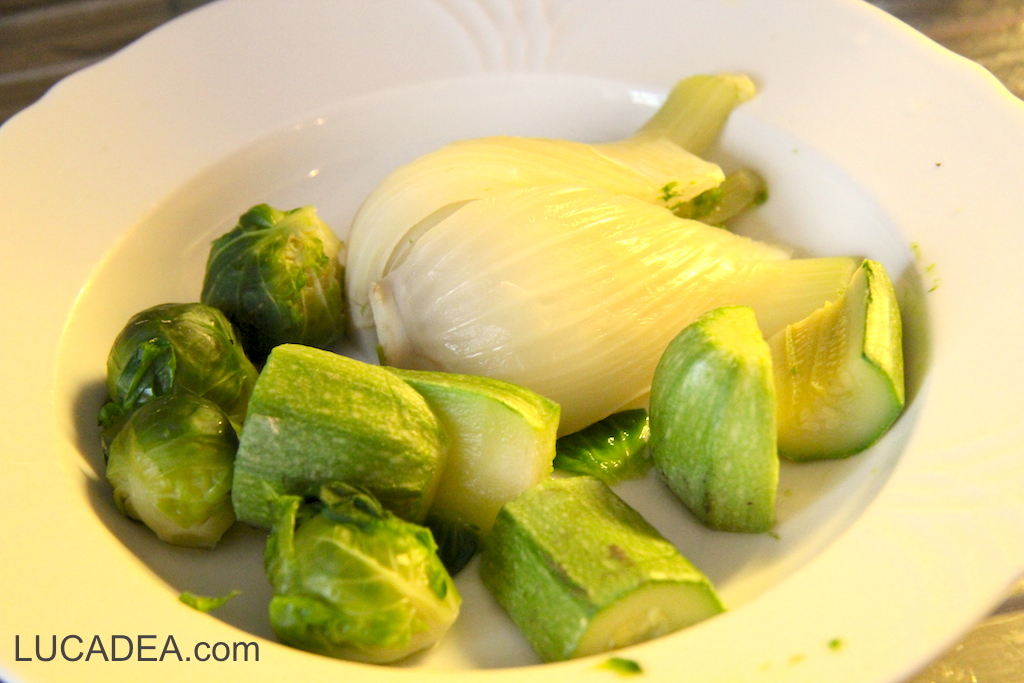Vietnamese cuisine: Bún chả cá đà nẵng, noodle soup with fish balls, the recipe.
I spent a short vacation in Vietnam last June and enjoyed many dishes and specialties of Da Nang city, among which one of my favorite dishes is the fishball noodle soup.
Click vào đây để đọc bằng tiếng việt!
If you are curious about this recipe of mine or Vietnamese food in general, write me a message. comment or go to the bottom of the site to read what other visitors have written.
Fishball Noodle Soup is a very familiar and delicious dish that can be found almost everywhere in the central region. However, this delicious rustic dish from Da Nang has a very unique appearance, a special point that contributes to the flavor of this dish, making Da Nang Fishball Noodle Soup better than other places: thanks to the typical ingredient of Da Nang: fish sauce. This dish is not too difficult to prepare and you can prepare it by following this recipe.
Ingredients
To prepare the fish balls:
* 500 g of minced fish (you can use: mackerel, tilapia, basa fish, termite fish, lentil fish…);
* 100 g of pork loin fat: cut into cubes, boiled briefly;
* 1 tablespoon of tapioca starch;
* 1 chicken egg;
* Seed oil.
For the broth:
* 200g mackerel: cleaned, cut into pieces;
* Pork bone;
* Rice noodles;
* Cabbage, pineapple, dried bamboo shoots, pumpkin, tomato, purple onion, garlic, chili pepper, lemon, green onion, coriander;
* Vegetables eaten raw and served with: perilla, cabbage, lettuce, basil, bean sprouts;
* Spices: fish sauce, Da Nang shrimp paste (replace with shrimp paste), sugar, salt, monosodium glutamate, seasoning powder (stock cube), cashews for colouring, pepper.
Preparation
Now let's start making the meatballs: put the fish in the blender and puree it, then transfer it to a bowl. Add 1 teaspoon of powdered seasoning, 1 teaspoon of ground pepper, mix well, let it rest for 15 minutes.
Next, put the pork fat and the pureed fish in the same bowl, mix well, distribute evenly with the help of a spoon. When the mixture is smooth, add the egg whites, tapioca starch, 1 teaspoon of powdered seasoning, almost 1.5 teaspoons of sugar, ½ teaspoon of salt and mix well again.
Then, with your hands, shape the meat into flat, round meatballs of about 10 cm in diameter.
Finally, put the oil in a pan and fry the fish balls evenly on both sides until golden, then remove them to drain the oil.
Now let's prepare the broth: first prepare the ingredients, such as vegetables, for the broth: green onions and coriander, pumpkin, tomatoes and pineapple. Wash and slice thinly. Meanwhile mix the shrimp paste with cold water and let it stand to get clear water.
Then put the chopped fish in a pan with oil, brown it briefly, then season it with 2 tablespoons of water, half a teaspoon of sugar, a little pepper and 100 ml of filtered water. Then braise the fish for about 15 minutes.
Put the cooking oil in the pan, add the cashews to color, then brown the garlic, then add the tomatoes and mix well.
Wash the pork bones, blanch them in boiling water, then simmer to get the sweetener (2 liters of water). When the water boils add the previously prepared pumpkin and cabbage and mix well. Add 4 tablespoons of fish sauce, half a teaspoon of salt, fish sauce, 1 teaspoon of MSG, 1 teaspoon of sugar.
Gradually lower the heat until the water continues to cook and then add the pineapple and mix well. When you see that the pumpkin and pineapple are cooked, continue to put the braised fish in the pot and add the sautéed tomatoes on top, season again and wait for it to boil again, then turn off the heat.
Now everything should be ready!
Put in a bowl: vermicelli, fish cakes, pumpkin, pineapple, cabbage, tomatoes and broth, then add some sliced spring onions and cilantro.
This fishball noodle dish is served with raw vegetables, lime and chili, fish sauce (if desired).
They all combine to create a typical dish of the coastal area of Da Nang.
Tôi đã có 1 kỳ nghỉ ngắn tại Việt Nam vào tháng 6 vừa qua, và tôi đã thưởng thức rất nhiều món ăn, đặc sản của thành phố Đà Nẵng, một trong những món ăn tôi thích, đó là bún chả cá.
Bún chả cá là món ăn ngon rất đỗi quen thuộc, hầu như có thể tìm được ở bất cứ địa phương nào ở dải đất miền Trung. Tuy nhiên, món ăn ngon dân dã này tại Đà Nẵng lại sở hữu một vẻ rất riêng biệt, một điểm đặc biệt góp phần làm dậy mùi hương của món ăn này, khiến cho bún chả cá Đà Nẵng ngon hơn các nơi khác đó là nhờ thành phần mắm ruốc – Đây là loại mắm đặc trưng đặc sản Đà Nẵng… Món này không quá khó để thực hiện, bạn có thể tham khảo công thức này:
Nguyên liệu:
Để làm chả cá:
* 500g Cá thác lác đã được nạo để làm chả cá. (Bạn có thể thay thế: cá thu, cá rô phi, cá basa, cá mối, cá lăng…)
* 100g mỡ thăn heo: cắt hạt lựu, luộc sơ qua
* 1 muỗng canh bột năng
* 1 quả trứng gà
Để nấu nước bún:
* 200g Cá thu (hoặc cá ba sa): làm sạch, thái khúc.
* Xương ống heo.
* Bún để ăn kèm.
* Bắp cải, dứa, măng khô, bí đỏ, cà chua, hành tím, tỏi, ớt, chanh, hành lá, ngò gai.
* Các loại rau ăn sống, ăn kèm: tía tô, bắp cải, xà lách, húng quế, giá đỗ.
* Gia vị: nước mắm, mắm ruốc Đà Nẵng (thay thế bằng shrimp paste), đường, muối, bột ngọt, hạt nêm (dado), hạt điều tạo màu, tiêu.
Cách nấu bún chả cá Đà Nẵng
Sơ chế các nguyên liệu như rau ăn kèm, hành lá và ngò gai, bí đỏ, cà chua và thơm. Rửa sạch, thái mỏng.
Mắm ruốc pha vào nước lạnh, để lắng lấy phần nước trong.
1/ Làm chả cá thác lác:
Cho cá vào máy xay để xay cho thật nhuyễn rồi lấy ra bát. Thêm vào 1 muỗng cà phê hạt nêm, 1 muỗng cà phê tiêu xay, trộn đều, để yên trong vòng 15 phút.
Tiếp theo, cho thịt mỡ và cá thác lác vào chung 1 bát, trộn đều, dùng muỗng tán thật đều tay. Khi hỗn hợp đã nhuyễn, cho thêm lòng trắng trứng gà, bột năng, 1 muỗng cà phê hạt nêm, gần 1,5 muỗng cà phê đường, ½ muỗng cà phê muối, trộn đều một lần nữa.
Tiếp theo, dùng tay nặn thịt vừa quết thành từng viên chả cá tròn dẹp có đường kính khoảng 10 cm.
Cuối cùng, cho vào chảo dầu ăn và chiên chả cá vàng đều 2 mặt, sau đó vớt ra để ráo dầu.
2/ Nấu nước dùng:
Cho phần cá đã cắt vào chảo dầu, chiên sơ qua, sau đó nêm vào 2 muỗng canh nước nắm, nửa muỗng cà phê đường, 1 chút tiêu và 100ml nước lọc. Sau đó, kho cá trong khoảng 15 phút.
Cho dầu ăn vào nồi, cho hạt điều tạo màu, rồi phi thơm tỏi, sau đó cho cà chua vào và đảo đều.
Xương heo rửa sạch, trụng sơ qua nước sôi, sau đó ninh nhừ lấy chất ngọt (2lít nước), khi nước sôi thì cho bí đỏ và bắp cải đã sơ chế vào, đảo đều. Nêm thêm 4 muỗng canh nước mắm, nửa muỗng cà phê muối, nước mắm ruốc, 1 muỗng cà phê bột ngọt, 1 muỗng cà phê đường.
Dần dần hạ lửa nhỏ lại cho đến khi thấy nước sôi 1 lần nữa thì cho dứa vào, đảo đều. Khi thấy phần bí đỏ và dứa đã chín, tiếp tục cho phần cá đã kho vào nồi và cho cà chua đã xào ở trên vào, nêm nếm lại lần nữa và đợi đến khi sôi lần nữa thì tắt bếp.
3/ Thưởng thức:
Cho vào tô: bún, chả cá, bí đỏ, dứa, bắp cải, cà chua và nước dùng, sau đó cho vào ít hành lá và ngò gai đã thái.
Món bún chả cá này ăn kèm với rau sống và chanh ớt, mắm ruốc (nếu muốn).
Tất cả hoà quyện lại tạo nên một món ăn đặc trưng của vùng biển Đà Nẵng.

